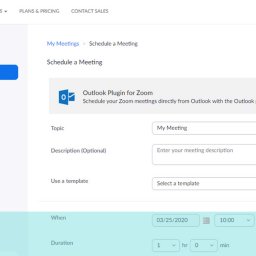
UX Research deliverables are changing – finally!
I started working in Design Research (or usability testing as it was then known) late 1999. There have been many constants since then, and one of those is the shape and style of the research report deliverable that comes from usability testing and similar UX Research projects. There have been refinements but it wasn’t really broken, so no one has fixed it.
I have felt for some time that there was an opportunity to create a multi-media deliverable. UX Research produces videos, screen grab images, quotes, text, ratings, recommendations and more. Wouldn’t it be great if you could look at an issue, see the clips related to it, read the recommendation and click through to a best practice library? Well, no as it turns out.
Let’s do this together
Increasingly, our clients want to be involved with the final stages of the project. They don’t want the playback to be the first time they see the deliverable. This is driven by the type of team we are working with and does tend to be required most by our large international clients.
These international clients generally have their own UX Research teams, often lead by the International Research Manager. We may be delivering a multi-market study for them or often, with them. This can mean delivering UX Research in secondary markets alongside their lead UX Researchers who are running an identical study in their primary markets.
In these situations, it is far better for us and for the client, that we collaborate with the client team as we complete the analysis and create the deliverable. And the deliverable isn’t always a report. We might be committing time work-shopping the analysis with the wider team, creating an Airtable type deliverable or working together within Condens.
So is the research report dead?
Not by a long chalk! Frequently the deliverable is a report. In todays more collaborative world, both Google Docs and Sharepoint facilitate multiple people working in the same document. Similarly we are able to create cross-party teams in Microsoft Teams so we can collaborate within our organisation and externally to it. And the same is true with Condens, which is a transcription and video tagging tool that also supports collaboration.
The report as a deliverable still works. It is highly actionable and the structure is easy to access and use. It is no longer the only game in town. Agencies like UX24/7, who perhaps aren’t happy playing an execution only role in UX Research, are happy to open up the analysis process. We are flexible in our delivery model both in terms of willingness to collaborate and about the nature of the deliverable.
If you would like to know more about how we can collaborate with your UX Research team, ring us on +44(0)800 0246247 or email us at hello@ux247.com.

















[…] To making clipping easier we record sessions using Zoom and then use Condens for transcription, highlighting and clip creation. You can read a bit more about that here. […]
[…] have talked previously about the evolution of the UX Research deliverable and of how clients desire an increasing level of […]